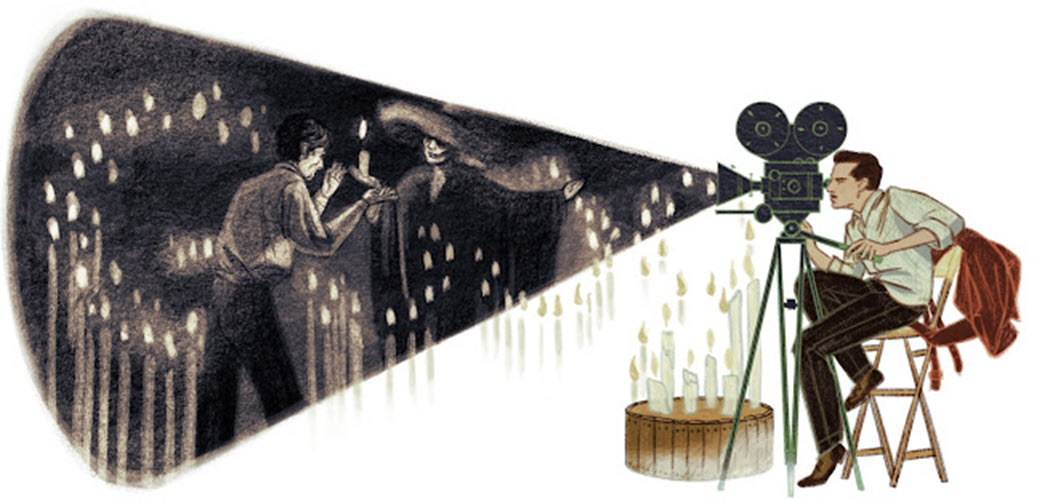Visual Poetry: The Cinematic Mastery of Gabriel Figueroa

Image Courtesy: Google Doodle
Gabriel Figueroa (24 April 1907 – 27 April 1997) was a Mexican cinematographer who is regarded as one of the greatest cinematographers of the Golden Age of Mexican cinema.
Life and Career
Gabriel Figueroa was born on 24 April 1907, in Mexico City, Mexico. He grew up in a family with a background in the arts, which sparked his early interest in photography and cinematography. He studied at the Academia de San Carlos and later at the Escuela Nacional de Bellas Artes in Mexico City, where he learned the principles of painting and lighting that would later inform his cinematographic work.
Figueroa began his career as a still photographer and gradually transitioned to cinematography. He worked on his first film in 1932 and quickly gained recognition for his unique visual style, characterized by his mastery of light, shadow, and composition. He collaborated with prominent Mexican directors such as Emilio Fernández, Luis Buñuel, and John Ford, among others.
Figueroa’s work is known for its poetic and evocative imagery, often capturing the rugged landscapes of Mexico, the play of light and shadow, and the rich textures of Mexican culture. His cinematography contributed significantly to the distinct visual aesthetics of the Golden Age of Mexican Cinema, which is regarded as a major era in Mexican film history.
Gabriel Figueroa passed away on 27 April 1997, in Mexico City, Mexico, at the age of 90. Despite his passing, his legacy as a master cinematographer continues to influence filmmakers and cinephiles worldwide.
Award and Legacy
Throughout his career, Gabriel Figueroa received numerous awards and accolades for his contributions to cinematography. He was nominated for the Academy Award for Best Cinematography for the film “The Night of the Iguana” (1964) and received the Golden Ariel Award, Mexico’s highest film award, for his cinematography work in several films, including “Macario” (1960), “The Exterminating Angel” (1962), and “Tlayucan” (1962), among others.
Gabriel Figueroa is remembered as one of the most important cinematographers in Mexican and international cinema history. His innovative use of light, shadow, and composition helped to create a visual language that has left a lasting impact on the art of cinematography. He is often regarded as a master of visual storytelling and his work continues to inspire contemporary filmmakers and cinematographers worldwide.
Figueroa’s legacy also extends to his contributions to the promotion of Mexican culture and identity through his films. His work often portrayed the landscapes, people, and traditions of Mexico, helping to showcase the country’s rich cultural heritage on the global stage. He is recognized as a significant figure in Mexican cinema, whose artistic vision and technical expertise continue to be celebrated and studied today.
On 24 April 2013, Google celebrated Gabriel Figueroa’s 106th Birthday with a doodle.
Observer Voice is the one stop site for National, International news, Sports, Editor’s Choice, Art/culture contents, Quotes and much more. We also cover historical contents. Historical contents includes World History, Indian History, and what happened today. The website also covers Entertainment across the India and World.

